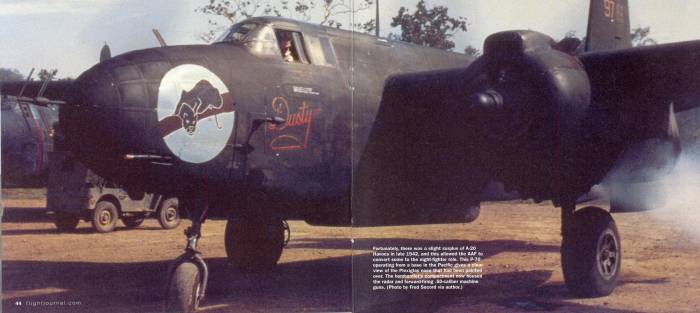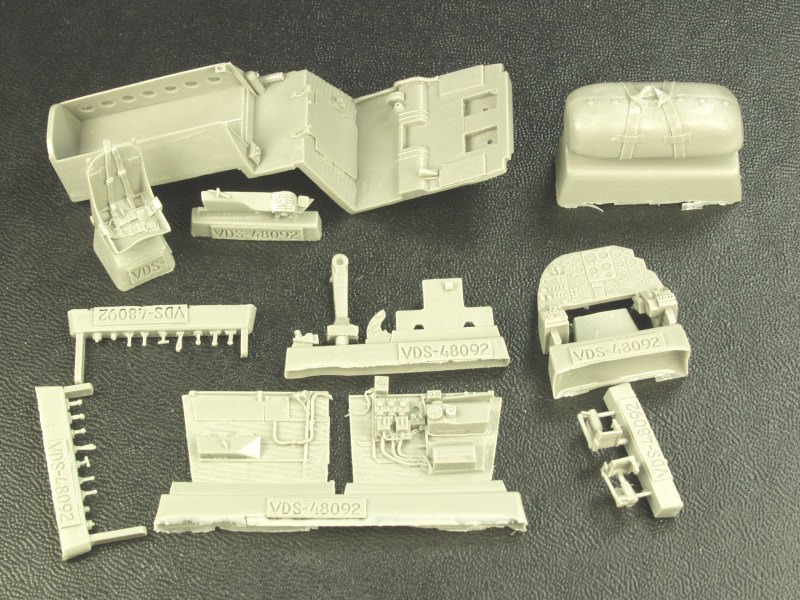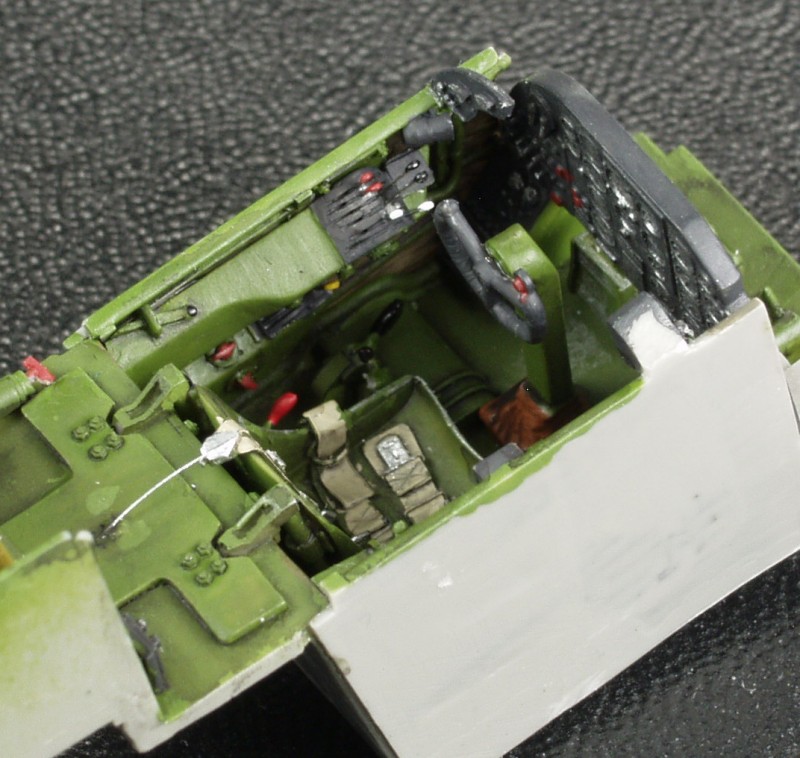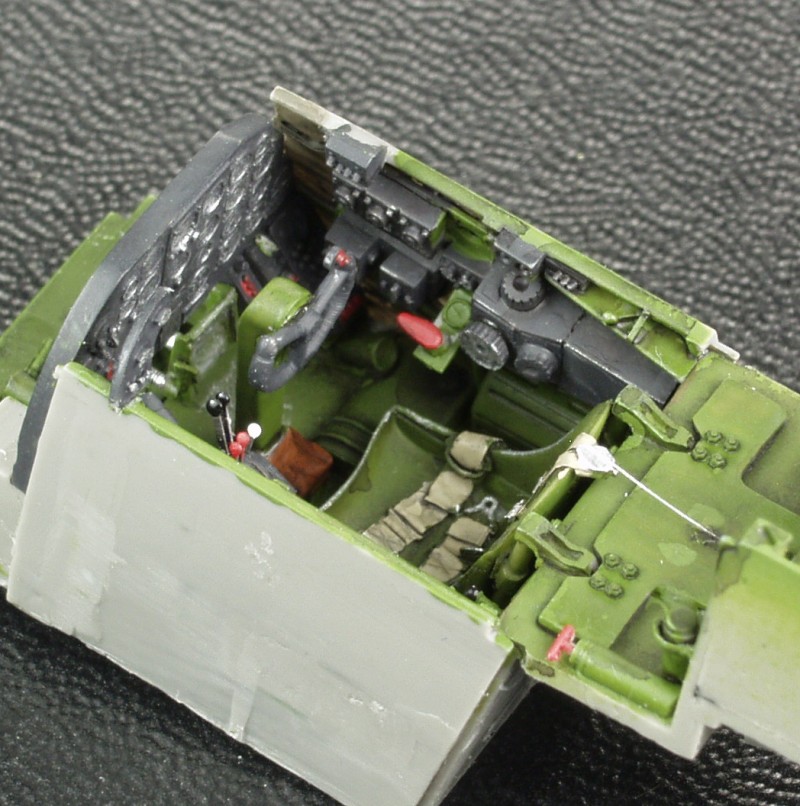Old Dog
Well-known member
Although I not calling it a resolution, one of my goals for the year is to make a dent in my shelf of lost interest. Kits that have been started but not finished for reasons other than just being a crappy build. That said the first one off the shelf and into the case is this AMT P-70 that I started almost ten years ago. It has been on and off the shelf several times since I started it but never seemed to make it to the finish line till now.
The P-70, a modified A-20 was intended as a stop gap measure to get crews trained in ground controlled and air intercept skills until the P-61 was ready. In the Pacific theater where it was sent first it didn't fair all that well as a result of several factors including commanders that really didn't know how to use this new technology. Two problems came to light early on. One was the reliability of the airborne intercept radar gear which tended to be unreliable above 22,000 feet and the other the ability of the P70 to attain altitudes above 27,000 feet. It didn't take long for the Japanese to figure that out and operate at altitudes around 30,000 feet. Short comings of the P-70 and associated problems with equipment and the learning curve involved with it resulted in relatively little success and many of the aircraft ended up being used for intruder and bombing missions. Overall fewer kills were scored by P-70's than by the Marines flying PV-1's but much of that was a result of being in the right place at the right time.
Here is a photo of the aircraft I modeled

And the finished product






I didn't take a bottom photo, not much to see except the usual parts and the 20mm gun pack.
I'm hoping that this will be the first of an number of kits finished before year end.
Thanks for looking !
The P-70, a modified A-20 was intended as a stop gap measure to get crews trained in ground controlled and air intercept skills until the P-61 was ready. In the Pacific theater where it was sent first it didn't fair all that well as a result of several factors including commanders that really didn't know how to use this new technology. Two problems came to light early on. One was the reliability of the airborne intercept radar gear which tended to be unreliable above 22,000 feet and the other the ability of the P70 to attain altitudes above 27,000 feet. It didn't take long for the Japanese to figure that out and operate at altitudes around 30,000 feet. Short comings of the P-70 and associated problems with equipment and the learning curve involved with it resulted in relatively little success and many of the aircraft ended up being used for intruder and bombing missions. Overall fewer kills were scored by P-70's than by the Marines flying PV-1's but much of that was a result of being in the right place at the right time.
Here is a photo of the aircraft I modeled

And the finished product






I didn't take a bottom photo, not much to see except the usual parts and the 20mm gun pack.
I'm hoping that this will be the first of an number of kits finished before year end.
Thanks for looking !




